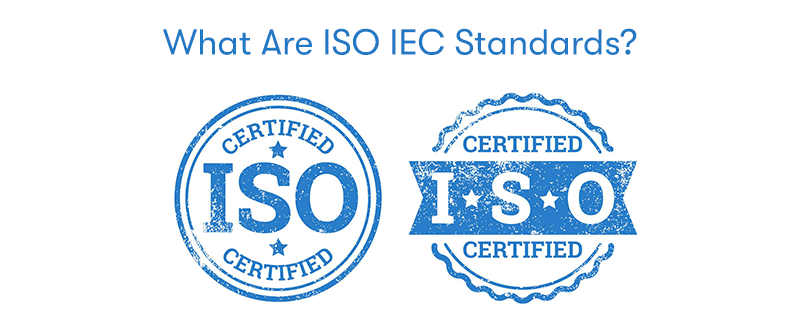The International Organization for Standardization (ISO) and the International Electrotechnical Commission (IEC) are two prominent entities that formulate and disseminate international standards. These standards play a crucial role in maintaining uniformity and quality across various industries.

ISO standards consist of a comprehensive set of guidelines and specifications tailored to define specific products or services. These standards are meticulously crafted by committees composed of industry experts who represent a diverse range of stakeholders. The scope of ISO standards is extensive, encompassing areas such as quality management, information security, and environmental stewardship.
Conversely, IEC standards concentrate on the technical specifications pertinent to electrical and electronic technologies. Similar to ISO, these standards are developed by expert committees representing manufacturers, users, regulators, and other stakeholders. IEC standards address critical aspects of electrical systems, including safety measures, electromagnetic interference, and energy efficiency.
The primary distinction between ISO and IEC standards lies in their focus areas. ISO standards cover a broad spectrum of topics that extend beyond electrical systems, whereas IEC standards are specialized in electrical and electronic technologies. Furthermore, ISO standards tend to be more general in nature, while IEC standards are characterized by their technical specificity.
Each nation also possesses its own standardization body responsible for developing national standards. For instance, the American National Standards Institute (ANSI) oversees national standards in the United States. In the United Kingdom, this role is fulfilled by the British Standards Institution (BSI), while in Germany, it is undertaken by the Deutsches Institut für Normung (DIN).
The key difference between international and national standards is their scope of application. International standards aim to ensure consistency and quality across multiple countries and industries. In contrast, national standards are tailored to meet the unique requirements of a specific country or industry sector.
In summary, both ISO and IEC serve as pivotal organizations in establishing international standards that uphold consistency and quality across diverse industries. While ISO covers a wide range of subjects, IEC is dedicated to electrical and electronic technologies. Additionally, individual countries have their own standardization bodies that develop national standards to cater to their specific industrial needs.


